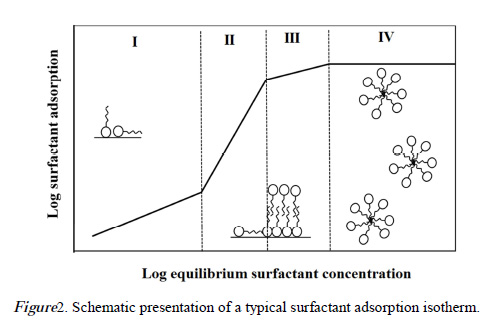Adsorption and Adsolubilization of Organic Solutes Using Rhamnolipid Biosurfactant-modified Surface
Main Article Content
Abstract
At present, biosurfactant, a biological-based surface active agent synthesized by
various types of microorganisms has been drawing the attention of the scientific
community, due to the superior benefits over conventional surfactants. Rhamnolipid is
characterized as a biological based surfactant which has lower toxicity, higher
biodegradability and better environmental compatibility than coventional ones. It has
been used as an alternative choice for environmental applications. In this work,
rhamnolipid biosurfactant-modified adsorbent was developed to remove two different
types of organic solutes: (styrene and phenanthrene) through adsolubilization process.
Results showed that the rhamnolipid surfactant-modified surface has the ability to
remove both, styrene and phenanthrene from an aqueous solution in a specific amount.
Findings also demonstrated that both styrene and phenanthrene were mainly partitioned
into the palisade layer where it was considered as a slightly polar region in the
admicelle structure. Typically, styrene was known as an intermediate polarity organic
compound while phenanthrene was considered as a smaller polar solute compare to
styrene. As a result, phenanthrene tended to separate itself from the strongly polar phase
in an aqueous solution to the lesser polar region in the palisade layer of the admicelle
and having greater adsolubilization capacity than styrene.
Article Details
Published articles are under the copyright of the Environment and Natural Resources Journal effective when the article is accepted for publication thus granting Environment and Natural Resources Journal all rights for the work so that both parties may be protected from the consequences of unauthorized use. Partially or totally publication of an article elsewhere is possible only after the consent from the editors.
